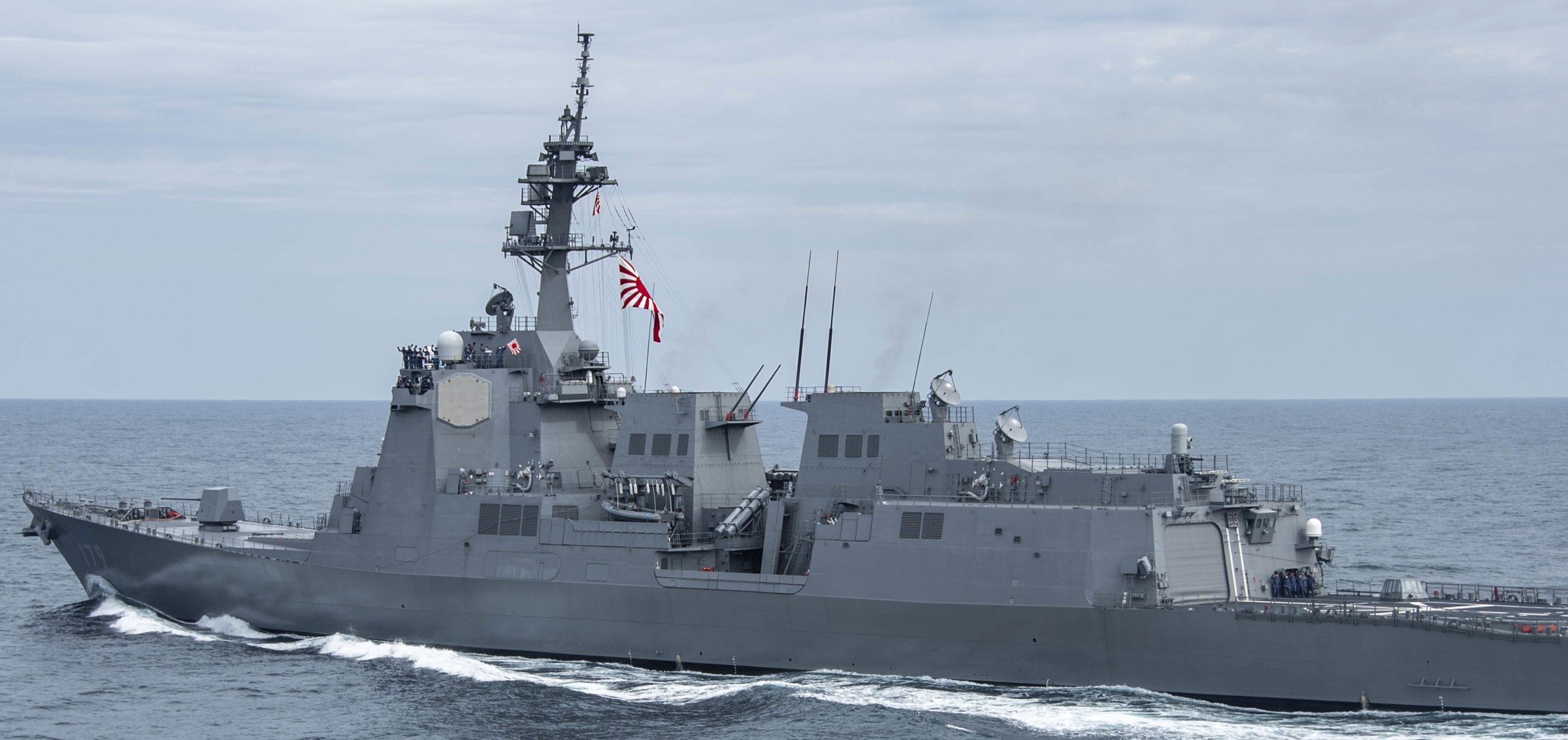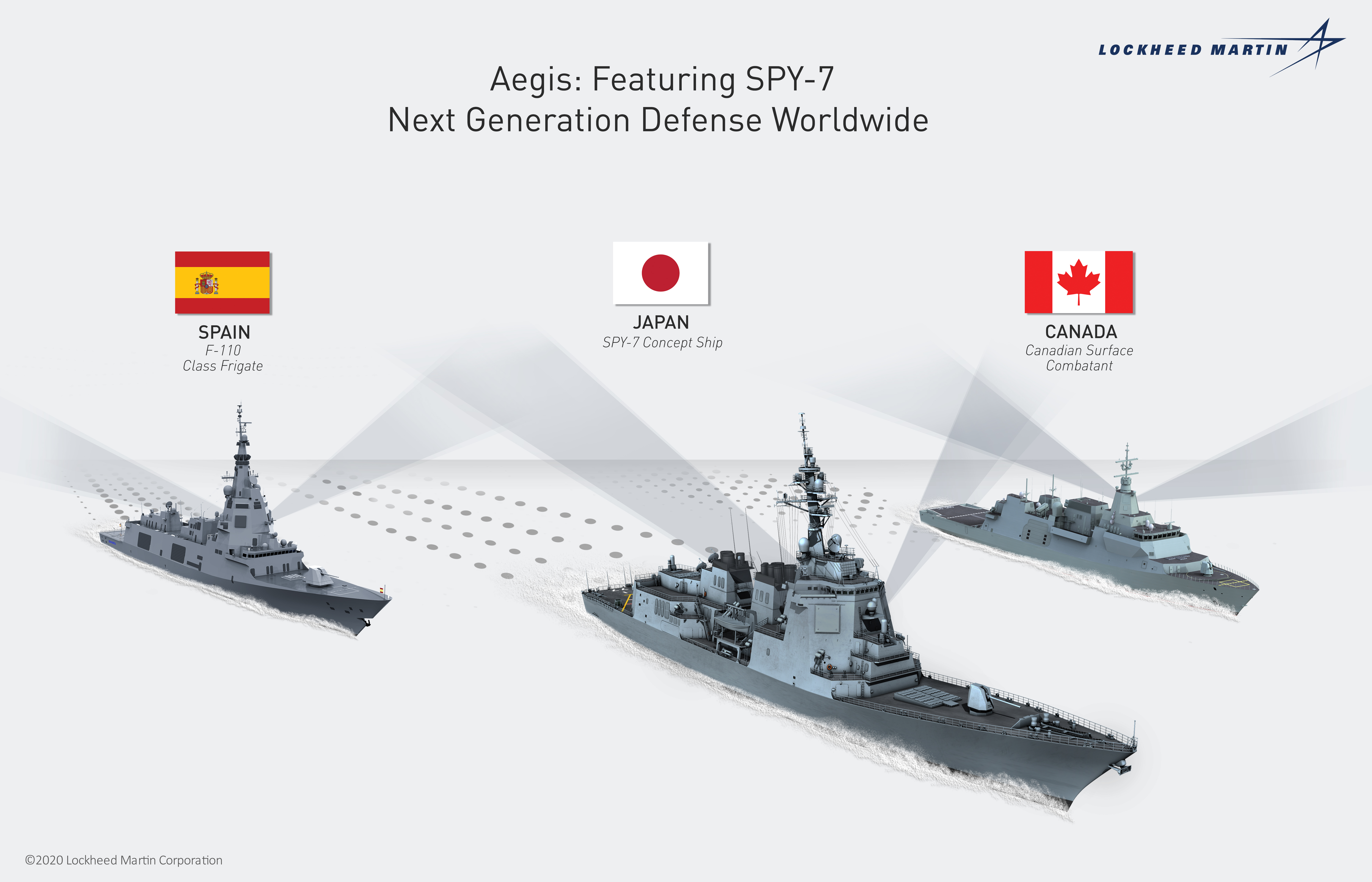Japan lacks effective deterrence against N. Korea’s missiles

The Yomiuri Shimbun
Prime Minister Fumio Kishida answers questions from the press in Brussels on Thursday.
3:58 pm, March 25, 2022
By Michitaka Kaiya / Yomiuri Shimbun Staff WriterPrime Minister Fumio Kishida has strongly condemned North Korea’s launch of what is believed to be a new type of intercontinental ballistic missile. It is regrettable that Japan has no effective means to prevent Pyongyang’s reckless behavior.
“North Korea’s actions threaten the peace and security of our country, the region and the international community, and are in violation of U.N. Security Council resolutions. Its actions are clearly unacceptable,” Kishida told reporters Thursday at a hotel in Brussels.
Referring to measures against the reclusive country, the prime minister said, “We will address the issue in coordination with the United States and South Korea, including examining whether to impose sanctions.”
-

Yomiuri Shimbun file photo
A PAC-3 guided missile launcher is seen at the Defense Ministry in Tokyo.
However, there is little room for Japan to strengthen its sanctions on North Korea. In terms of diplomacy, the North Korean policy of U.S. President Joe Biden’s administration has stalled. Securing cooperation from Russia and China, which have close ties with North Korea, would also be difficult.
Under these circumstances, Japan urgently needs to strengthen its defense capabilities.
The government is considering acquiring capabilities to attack enemy bases because North Korea has developed missiles that are difficult to intercept with Japan’s existing missile defense systems. Such capabilities would enable Japan to destroy an enemy’s missile launch site and other facilities if it was acting in self-defense.
“We must continue to seriously consider what we should do to protect the lives of our people,” Kishida said Thursday.
Since August 2016, shoot-down orders have been kept in place so that the Self-Defense Forces can immediately take destructive measures against ballistic missiles and other projectiles if they are thought to be entering Japanese airspace.
A two-tier interception system has been established, with Maritime Self-Defense Force Aegis destroyers equipped with SM-3 interceptors deployed in the Sea of Japan, and surface-to-air PAC-3 guided missiles deployed at the Defense Ministry in Ichigaya, Tokyo, among other locations.
The latest North Korean missile followed a higher-than-normal trajectory and it is estimated to have reached an altitude of more than 6,000 kilometers, much higher than the maximum altitudes of about 500 kilometers for SM-3 and less than 20 kilometers for PAC-3.
Ballistic missiles are easier to intercept when they slow down towards the apex of their trajectory, but Japan’s existing defense systems would have to target the latest North Korean ICBM during its descent phase when it would be traveling at a significantly higher speed.
“It would have been difficult for us to intercept the latest missile considering its altitude and speed,” a senior Defense Ministry official said.









